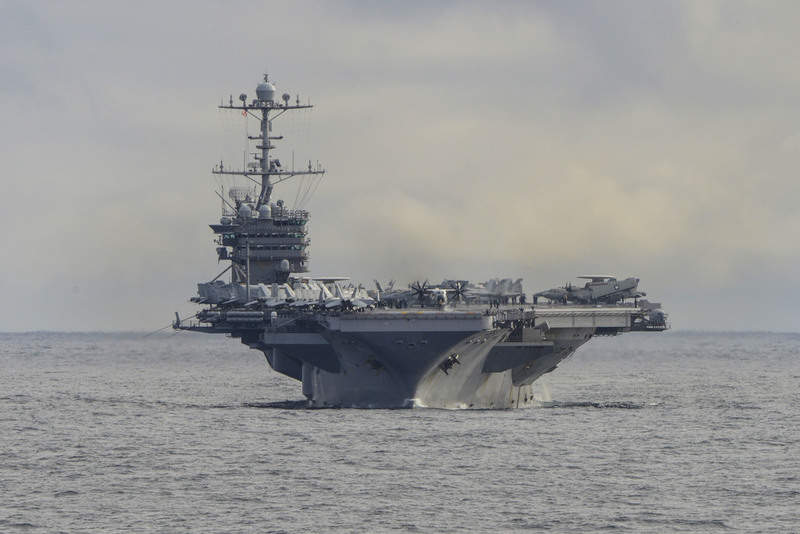
The US Navy’s Naval Sea Systems Command (NAVSEA) has approved the first 3D printed metal part for shipboard installation aboard the service’s Nimitz-class aircraft carrier USS Harry S Truman (CVN 75).
The adoption of additive manufacturing of metal components for the nuclear-powered vessels has been led by the navy in collaboration with Huntington Ingalls Industries’ (HII) Newport News Shipbuilding division.
As part of the adoption, the first certified 3D-printed metal part, a prototype drain strainer orifice (DSO) assembly, will be installed on the CVN 75 aircraft carrier.
NAVSEA Ship Design, Integration and Naval Engineering chief engineer and deputy commander, rear admiral Lorin Selby said: “This install marks a significant advancement in the Navy’s ability to make parts on demand and combine NAVSEA’s strategic goal of on-time delivery of ships and submarines while maintaining a culture of affordability.
“By targeting CVN-75 [USS Harry S Truman], this allows us to get test results faster, so, if successful, we can identify additional uses of additive manufacturing for the fleet.”
The DSO assembly is a steam system component that enables drainage / removal of water from a steam line while in use.
How well do you really know your competitors?
Access the most comprehensive Company Profiles on the market, powered by GlobalData. Save hours of research. Gain competitive edge.

Thank you!
Your download email will arrive shortly
Not ready to buy yet? Download a free sample
We are confident about the unique quality of our Company Profiles. However, we want you to make the most beneficial decision for your business, so we offer a free sample that you can download by submitting the below form
By GlobalDataExpected to be installed early next year, the assembly will undergo a test and evaluation trial for one year.
Approved by NAVSEA, additive manufacturing is a highly digitised process that deposits metal powder, layer by layer, to develop three-dimensional marine alloy parts that can potentially replace castings or other fabricated parts, such as valves, housings and brackets.
Prior to approval, the test articles required passing functional and environmental testing, which included material, welding, shock, vibration, hydrostatic and operational steam.
The articles will continue to be evaluated while installed within a low temperature and low pressure saturated steam system, following which the prototype assembly will be removed for analysis and inspection.
In May, Newport News partnered with 3D Systems for the development and installation of the ProX DMP 320 high-performance metal additive manufacturing system to support increased 3D printing in the naval shipbuilding industry.


